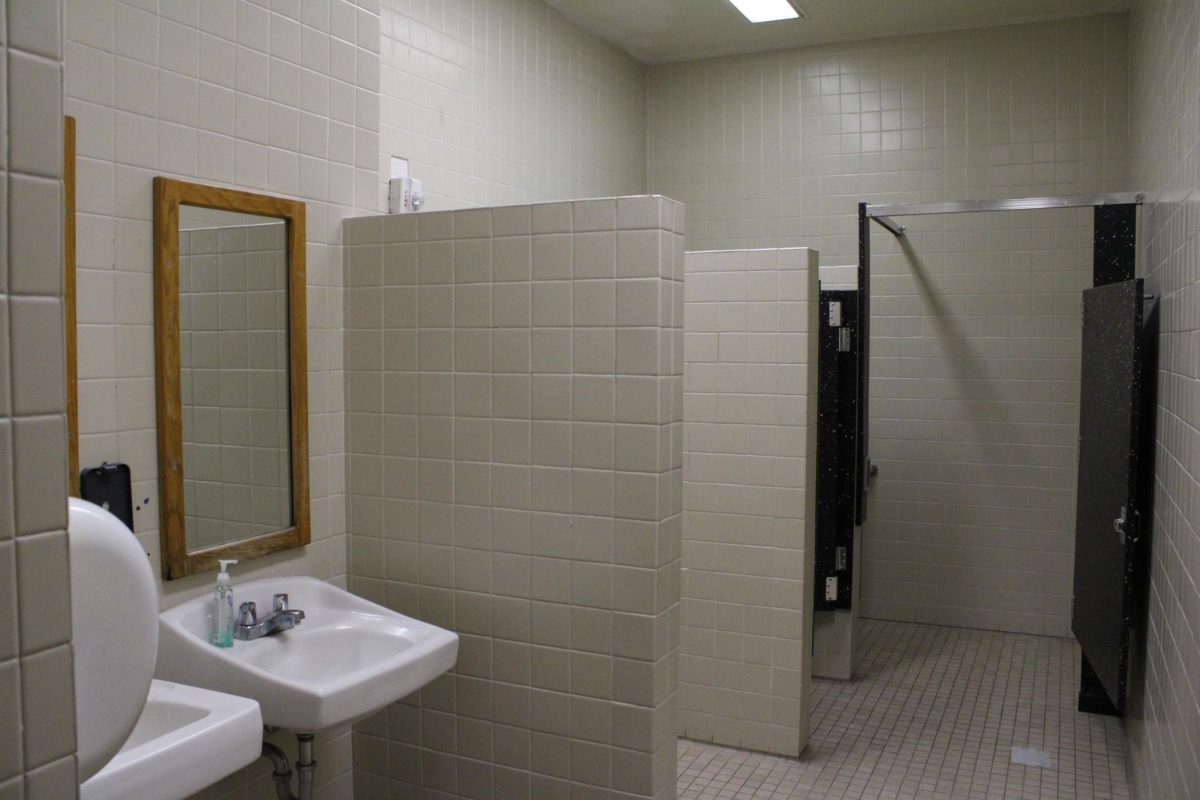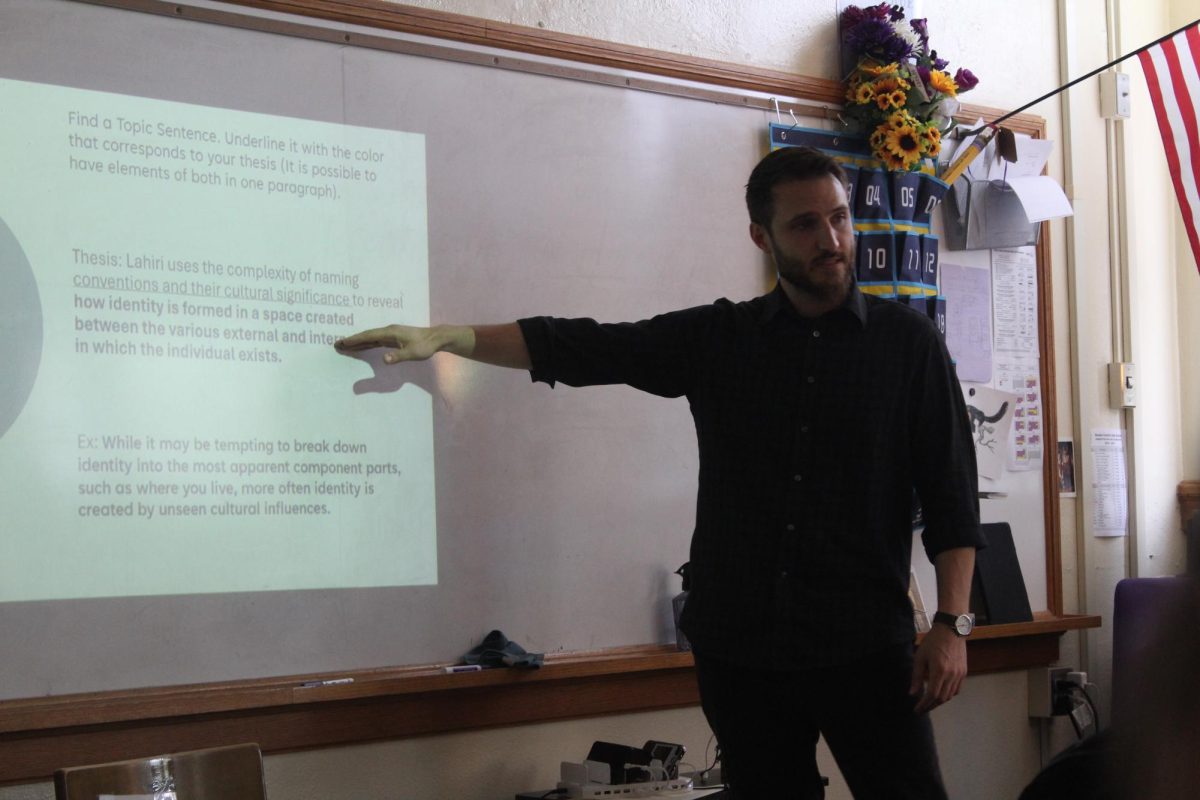NASA returns to moon
Fifty years after NASA’s Apollo 17 mission, which was responsible for the sixth and last manned Moon landing, NASA is preparing for another group of individuals to step foot on the lunar surface in its upcoming Artemis mission.
The mission’s name comes from the Greek goddess Artemis, who is the twin sister of Apollo in Greek mythology. The project began in 2017, and its purpose is for humans to begin establishing a presence on the Moon and to prepare for further space exploration. “The Moon should lead to Mars, and we should be there within the next couple of decades,” said NASA astronaut Randy Bresnik in an informational video from the NASA YouTube channel.
This time around, NASA aims to send a group more representative of the United States’s diversity. The administration has vowed that Artemis will be sending the first woman and first person of color to the moon.
The launch of Artemis I, the first phase of the mission, is incredibly significant to the future of space travel. The goal of the launch is for a spacecraft to progress further into space than any spacecraft built for human travel has before. During the four to six weeks it will take to complete the mission, the Orion spacecraft will travel 70,000 kilometers from the Moon, spend about six days in a distant retrograde orbit around the Moon, and then return to Earth, according to NASA. By successfully launching and retrieving Orion, the safety of the technology used to achieve this mission will be assured, and a crew will be able to travel on the next mission.
The Artemis I launch at the Kennedy Space Center in Florida, which was originally scheduled to take place on Aug. 29, has been delayed three times due to a multitude of issues, including temperature regulation malfunctions, engine bleed and weather implications brought on by Hurricane Ian. The Space Launch System rocket and the Orion spacecraft both arrived to the launch pad on Nov. 4, and the launch is now scheduled for Nov. 14. Orion is expected to land in the Pacific Ocean on Dec. 9.
Artemis II will take a similar path as Artemis I, but Orion will be manned by four astronauts. It is not until Artemis III that astronauts will touch down on the Moon’s surface. If everything goes as planned, Artemis II will launch in 2024 and Artemis III will launch the following year.
The Artemis mission is paving the way for humanity’s future on and off the Earth.
Your donation will support the student journalists of Omaha Central High School. Your contribution will allow us to purchase equipment and cover our annual website hosting costs.

Hi! I’m Claire (she/her). This is my first year as a staff writer for The Register, but I’ve enjoyed writing for as long as I can remember. When I’m...

Hello, my name is Hadley (she/her), and I am a Senior at Central. This is my second year on staff and my first year as Chief Copy Editor. I was voted most...

















